(Psst: The FTC wants me to remind you that this website contains affiliate links. That means if you make a purchase from a link you click on, I might receive a small commission. This does not increase the price you’ll pay for that item nor does it decrease the awesomeness of the item. ~ Daisy)
If you live in one of the places suffering currently with extremely high electrical rates, you may be thinking of all the ways you can cut your power usage. Unless you’re Amish or going to a restaurant every meal, most of us use electricity every day to cook. But have you ever wondered the cheapest way to use electricity to cook?
In particular, let’s take a look at some of the most common methods of cooking in the United States: the stovetop, oven, microwave, instant pot, and crock pot. Which of these options can save us the most money?
Keep in mind there are tons of variables – the price of power where you are, the condition of your cooking appliances, the ambient temp (it takes more energy in cold weather to make something hot), and the item you are cooking. But we’re going to make a couple of assumptions here for the sake of our calculations.
Spilling the beans on pricing
Before we calculate the price of electricity for these various methods of cooking, we need to establish some type of unit of measurement. In this case, we’re going to use beans. How much money will it cost you in electricity to cook a pot of beans from scratch? Let’s find out.
For our numbers, we’ll use one of the higher prices in the US for electricity, .25 cents per KwH. I chose this because if your power prices are on the higher side, you’re more likely to be concerned with the cost of various activities.
Electric stove: 50 cents
The amount of electricity needed to cook 2 cups of dry beans from scratch on an electric stove will vary based on the wattage of the stove and the length of cooking time. But on average, it will take around 2-3 hours to cook dry beans on an electric stove, using approximately 2 kilowatt hours (kWh) of electricity.
If you used 2 kWh of electricity to cook beans and your electricity costs .25 per kWh, you would spend 0.50.
To calculate this, you multiply the amount of electricity used (2 kWh) by the cost per kWh (.25):
2 kWh x .25 = $0.50
Crock pot: 40 cents
The amount of electricity used to cook 2 cups of dry beans in a crock pot on low heat will vary depending on the size and model of the crock pot, as well as the length of cooking time.
But on average, a crock pot uses around 200 watts per hour on low heat. If the beans were cooked for 8 hours on low heat, this would equate to 1,600 watt hours (200 x 8).
To calculate the cost to cook 1600 watt hours, you would need to know the number of kilowatt hours (kWh) that 1600 watt hours is equivalent to.
To convert watt hours (Wh) to kilowatt hours (kWh), divide the watt hours by 1000.
1600 Wh ÷ 1000 = 1.6 kWh
So, to cook 1600 watt hours, you would be using 1.6 kilowatt hours.
To find the cost of using 1.6 kilowatt hours, you would multiply the number of kilowatt hours by the cost per kilowatt hour.
1.6 kWh x $0.25/kWh = $0.40
So the cost to cook 1600 watt hours would be $0.40. It’ll take several hours longer to cook your beans this way compared to a stove, but it will be slightly cheaper.
Instant pot: 15 cents
There’s some variation in the amount of electricity used to cook 2 cups of dry beans in an instant pot as it can vary depending on factors such as the size and model of the instant pot, the temperature setting, and the length of cooking time. However, it is estimated that the average electric pressure cooker uses between 600 and 1200 watts per hour. Assuming an average use of 900 watts per hour and a cooking time of 40 minutes, it would take approximately 600 watts of electricity to cook 2 cups of dry beans in an instant pot.
To calculate the cost of using 600 watts for cooking beans, you would need to convert the watts to kilowatts (kW) and then multiply by the cost per kW/h.
- Convert 600 watts to kilowatts: 600 watts ÷ 1000 = 0.6 kW
- Multiply the kW by the cost per kW/h: 0.6 kW x $0.25/kW/h = $0.15
So, you would spend $0.15 to cook beans using 600 watts of electricity. If you’re looking for the cheapest way to cook, you’re going to be hard-pressed to find a cheaper option than this.
Microwave: 25 cents
I’ve personally never cooked beans in a microwave, but it can allegedly be done. From what I understand, you would have to first pre-soak your beans for eight hours or so before you put them in the microwave to cook for 10-15 minutes on medium heat.
Most microwaves you’ll find in American kitchens are somewhere between 800-1000 watts. We’ll stick with 1000 watts for our figure here.
- Convert 1000 watts to kilowatts: 1000 watts ÷ 1000 = 1 kW
- Multiply the kW by the cost per kW/h: 1kW x $0.25/kW/h = $0.25
That’s really not that bad. It’s definitely cheaper than the stove, and if you don’t consider the soaking time of the beans, is way faster as well.
Who is the winner? What’s the cheapest way to cook?
The clear winner here is the instant pot. If you have one of these, you have one of the cheapest means of using electricity to cook in America that there is. They cost about a hundred dollars to pick up, but if you used one of these on a regular basis, you could potentially save yourself a nice bit of cash on an annual basis.
What are your thoughts on all this, though? Do you have other means of cooking you prefer? Do you think that the cheapest way to cook wasn’t actually listed? Let us know what your thoughts are in the comment section below.
About Daisy
Daisy Luther is a coffee-swigging, adventure-seeking, globe-trotting blogger. She is the founder and publisher of three websites. 1) The Organic Prepper, which is about current events, preparedness, self-reliance, and the pursuit of liberty; 2) The Frugalite, a website with thrifty tips and solutions to help people get a handle on their personal finances without feeling deprived; and 3) PreppersDailyNews.com, an aggregate site where you can find links to all the most important news for those who wish to be prepared. Her work is widely republished across alternative media and she has appeared in many interviews.
Daisy is the best-selling author of 5 traditionally published books, 12 self-published books, and runs a small digital publishing company with PDF guides, printables, and courses at SelfRelianceand Survival.com You can find her on Facebook, Pinterest, Gab, MeWe, Parler, Instagram, and Twitter.
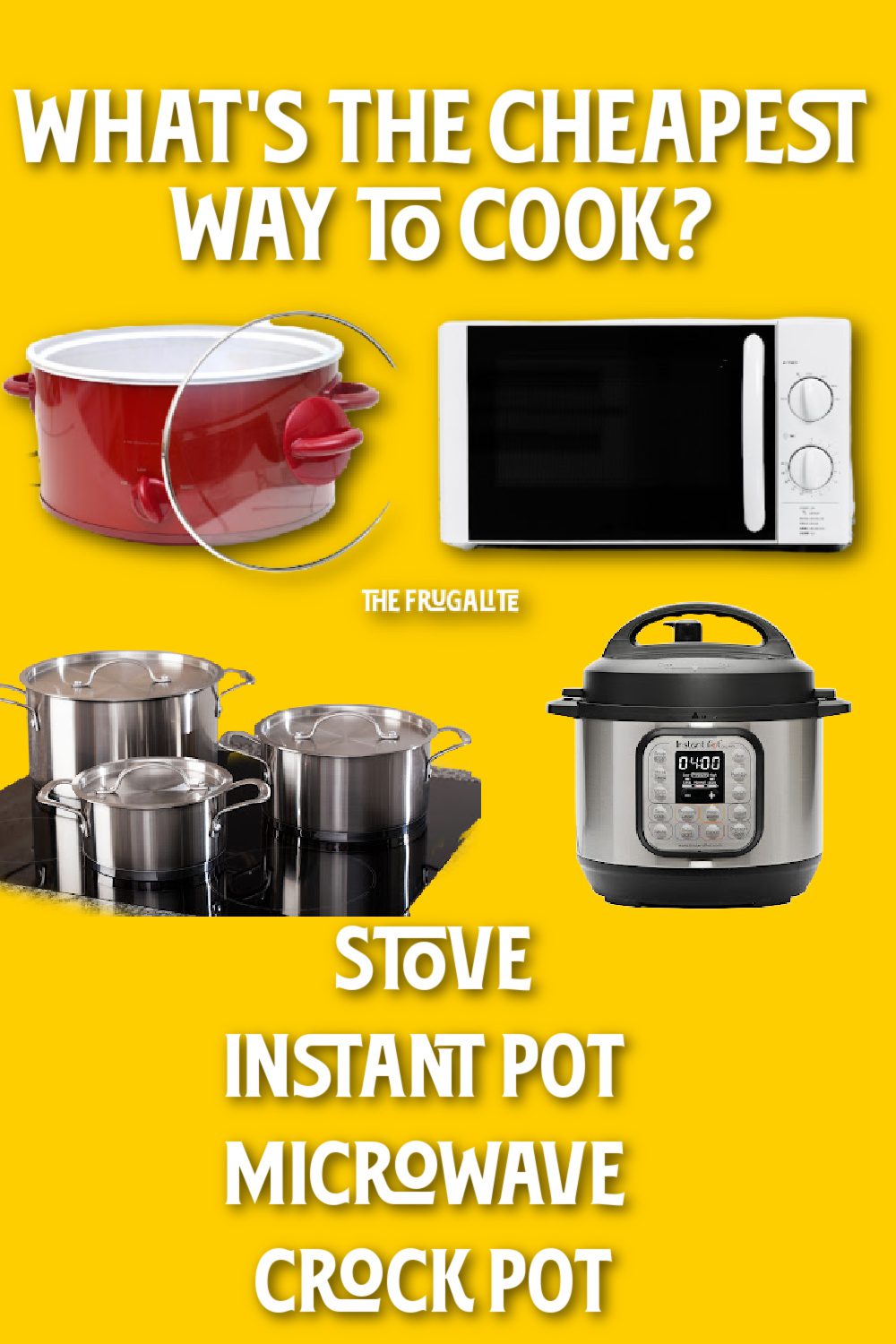

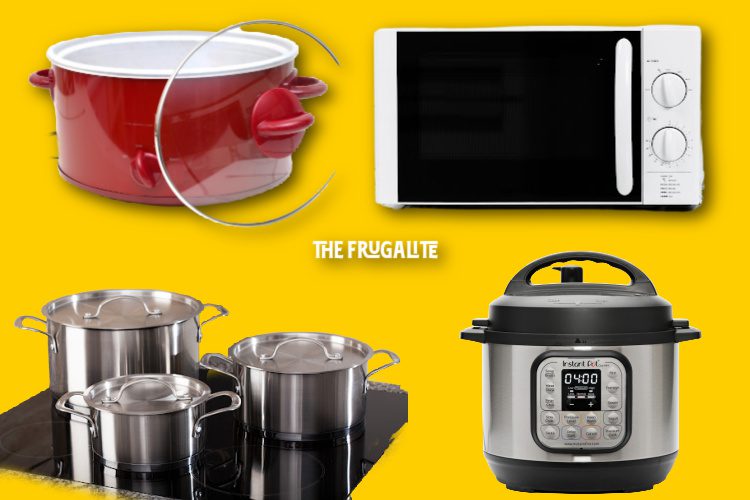




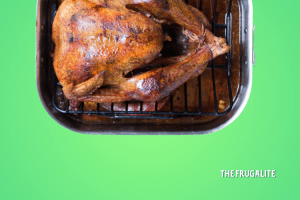
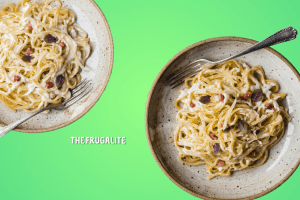
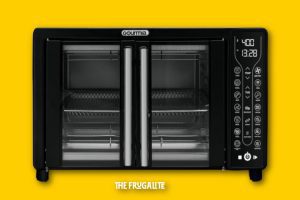


11 thoughts on “The Cheapest Way to Cook: Stove, Instant Pot, Microwave, or Crock Pot?”
First, let us figure in the manual time to clean those beans to make sure any bad stuff has been washed off, followed by some time to dry. All that can be done by hand with zero electricity needs.
Secondly, use a hand-cranked kitchen grain mill to make bean flour from those now dried solid beans. My Country Living grain mill has the optional bean auger needed for this.
Third, use a high-heat capable solar cooker — such as a sufficiently sized parabolic mirror or a large Fresnel lens — to heat water inside a flat-black painted cook pot so then bean flour can be added to that boiling water. Rita Bingham’s book, “Country Beans”, says that bean flour becomes edible after only THREE MINUTES in boiling water.
That is both far speedier and with zero electric power cost as long as you have sufficient sunlight. Not a bad plan for even a long term power grid outage.
–Lewis
Lewis, I’ve cooked up bean flour. Looking for recipes to make is appetizing.
A solar cooker and a straw box heat retention cooker also works well to cook dried beans. The Solar version of a slow cooker 🙂
On top of Wood or coal stove, when heating home that way. (No cost , just time.)
Fantastic article, thanks. I always wondered about this.
I’d like to see how a gas stove compares… not everyone has an electric stove 🙂
I love what you say here, Lewis! Regardless of the method, pre-soaking the beans is definitely the way to go. It saves so much cooking time. I’ll probably continue with my crock-pot because the cost of buying an instant pot would take a long time to offset, and besides, I don’t really want one. ha ha. I wonder if there is a power usage difference between some of these fancy digital crock pots and an old school manual one with just a basic dial?
25 cents an hour? Holy cow. By the way, the microwave would be 6.25 cents, at your rate. The beans are cooking for 1/4 of an hour and you didn’t add that intoo your equation.
For the Instant Pot, your figures are correct but your units aren’t. It isn’t 600 watts, it is 600 watt/hours.
What about a gas stove? Don’t most people in the country cook with gas? Isn’t that why the lefties are trying to ban them? So we can live in caves and eat bugs?
Let’s not forget the microwave kills all the nutrients in our food. So it’s not an appliance I use. But thanks for all the other information. Very helpful.
I use a toaster oven instead of my traditional oven during the hot summer months. The smaller oven heats quicker and cheaper with a lot less heat lost to the house.
The cheapest way to cook beans or most foods on the stovetop is using a double walled insulated cooker. They can be found online. The way they work is an included stainless steel pot is heated on the stovetop. When the beans or rice and water gets to boiling temperature the pot is removed from the stove and placed into the double walled container. The food can continue to cook for up to 6 hours in the container. Personally I’ve found if you reheat the water every hour or two it works better. Works wonders and the only real expense is the initial purchase price which could be close to $100. The one we use is a Thermos we bought from Amazon. Works amazingly.
We just cooked up a crockpot of short ribs with potatoes and onions. Mmm! Set and forget, in a few hours you’ve got It ready. Our propane stove and microwave get plenty of daily use, each is good for its use.